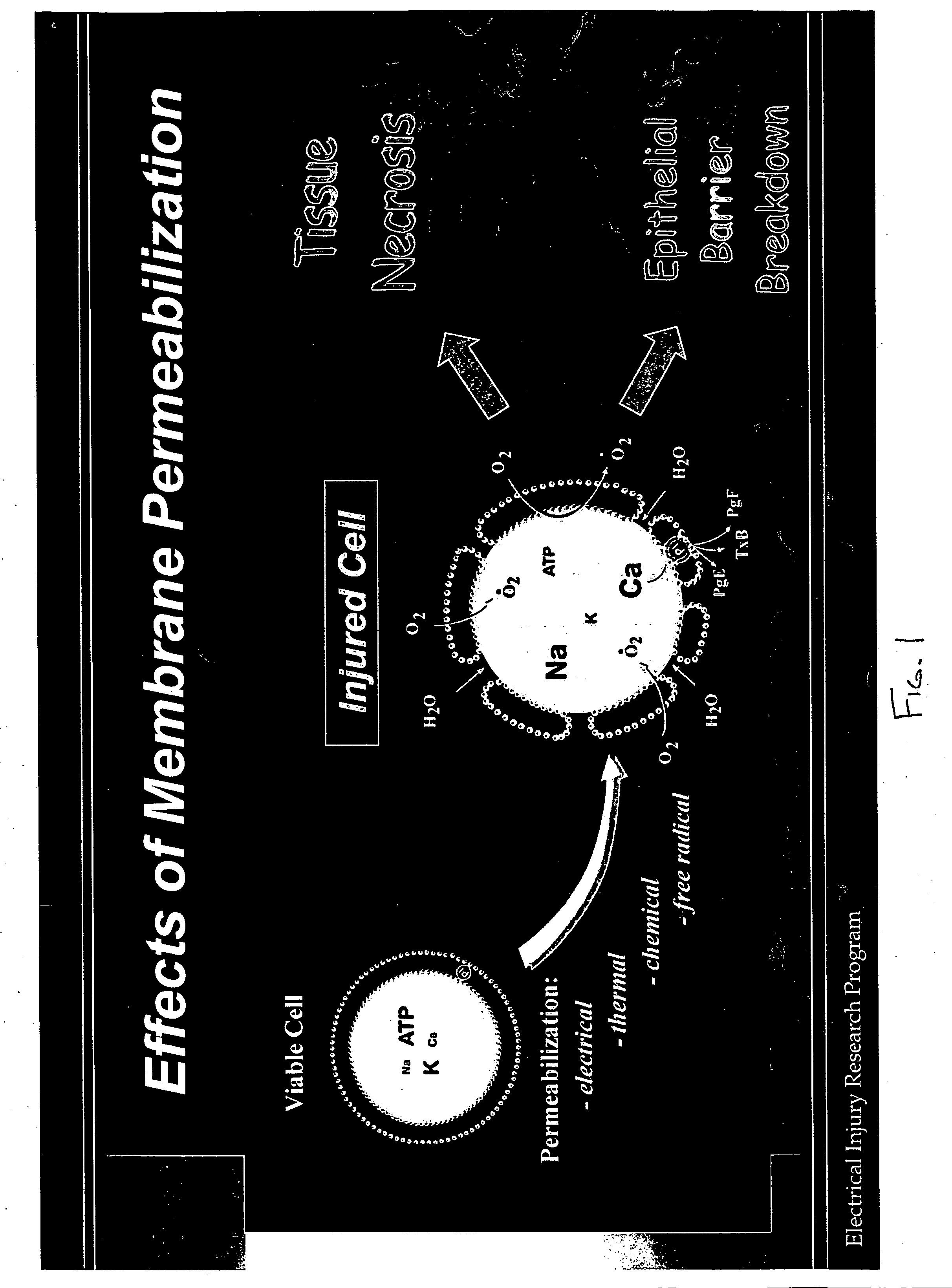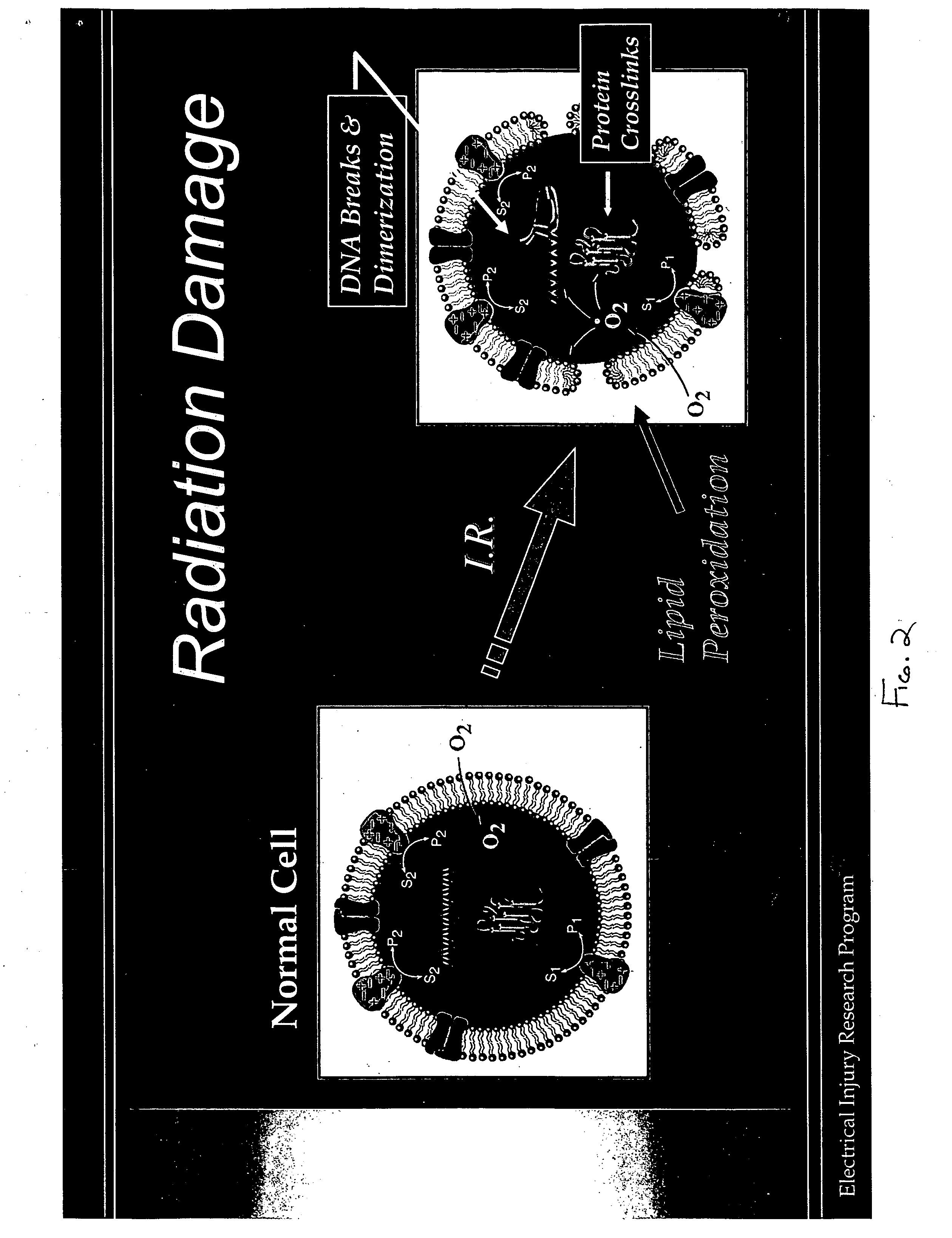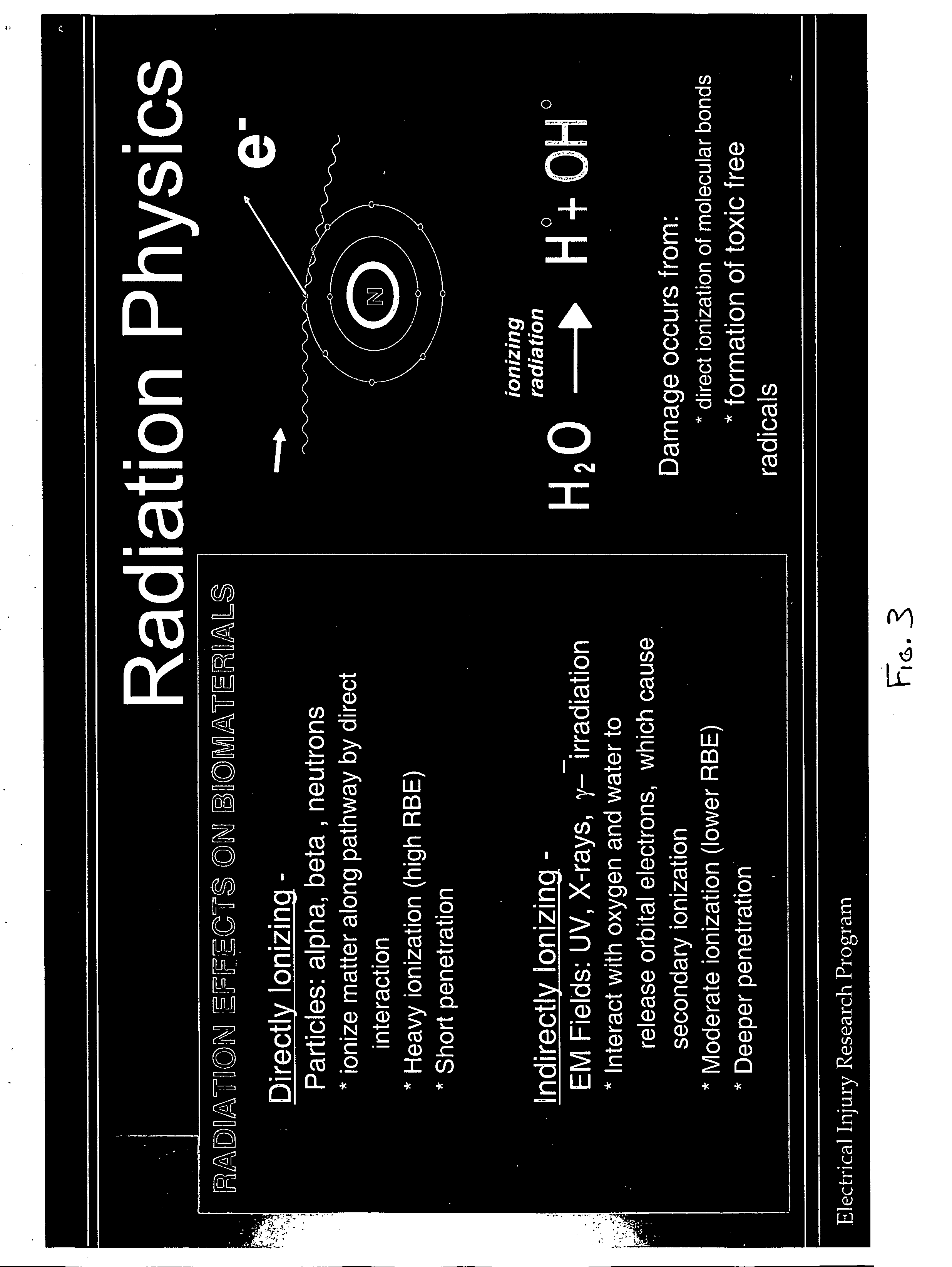Methods and compositions for treatment of free radical injury
a free radical injury and composition technology, applied in the field of critical care medicine, can solve the problems of multiorgan failure syndrome, cellular dysfunction and necrosis, i/r injury threatening the integrity of every flap,
- Summary
- Abstract
- Description
- Claims
- Application Information
AI Technical Summary
Benefits of technology
Problems solved by technology
Method used
Image
Examples
Embodiment Construction
[0051] The present inventors discovered that cellular necrosis could be reduced, and in certain circumstances prevented, if the barrier characteristics of a peroxidized cellular membrane was restored in combination with therapy to reduce tissue level oxidation and restore cellular energy levels. To affect this goal, the permeability of damaged cellular membranes is reestablished—effectively “sealing” the injured membranes. To facilitate rapid tissue recovery, cellular energy levels can be reestablished through addition of a cellular energy source such as, for example, phospocreatine, adenosine diphosphate and adensine triphosphate (ATP) in the form of MgCl2-ATP which, serves a dual benefit of improving the cellular ion balance and an antioxidant eliminating the generation of Reactive Oxygen intermediates and enhancing metabolism of free radicals. Thus, in one embodiment, a therapeutic composition, comprises a therapeutic combination of a membrane sealing surfactant and a cofactor tr...
PUM
| Property | Measurement | Unit |
|---|---|---|
| Time | aaaaa | aaaaa |
| Time | aaaaa | aaaaa |
| Mass | aaaaa | aaaaa |
Abstract
Description
Claims
Application Information
 Login to View More
Login to View More - R&D
- Intellectual Property
- Life Sciences
- Materials
- Tech Scout
- Unparalleled Data Quality
- Higher Quality Content
- 60% Fewer Hallucinations
Browse by: Latest US Patents, China's latest patents, Technical Efficacy Thesaurus, Application Domain, Technology Topic, Popular Technical Reports.
© 2025 PatSnap. All rights reserved.Legal|Privacy policy|Modern Slavery Act Transparency Statement|Sitemap|About US| Contact US: help@patsnap.com



